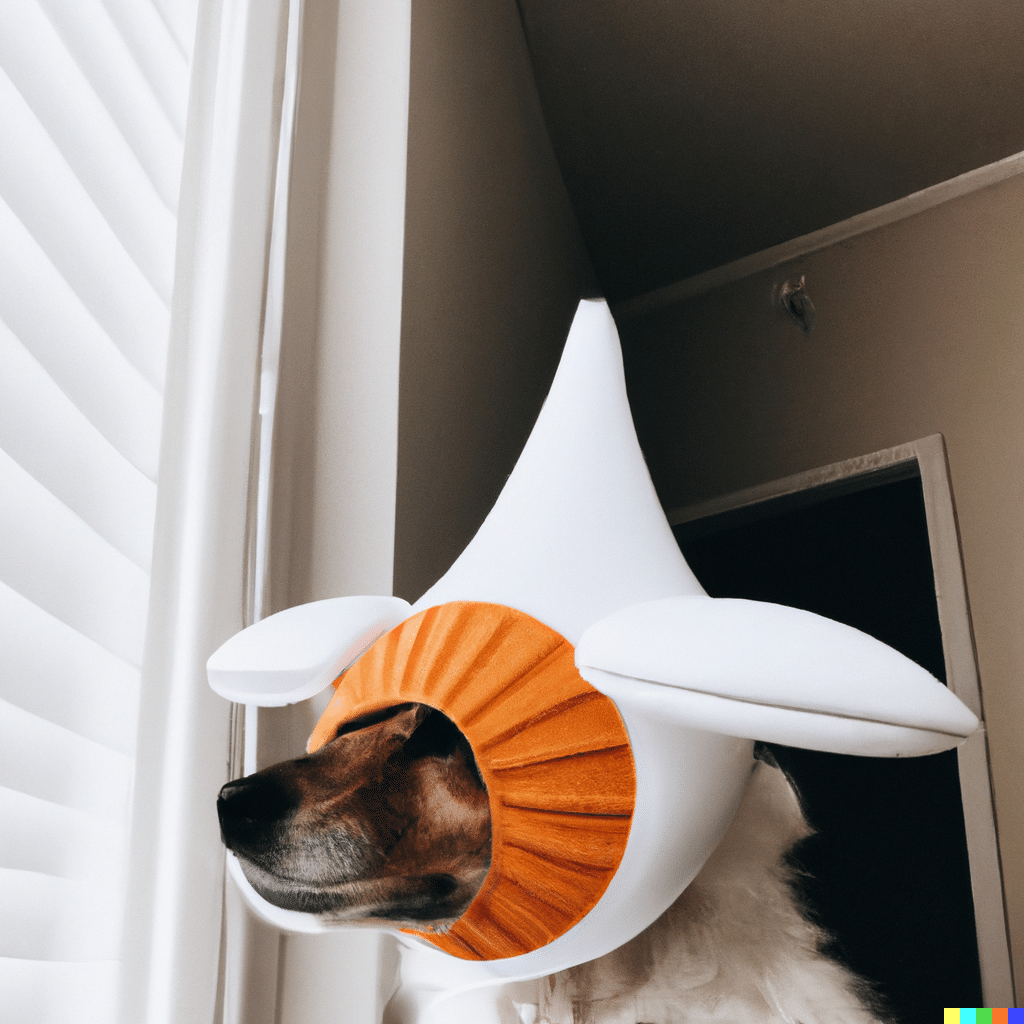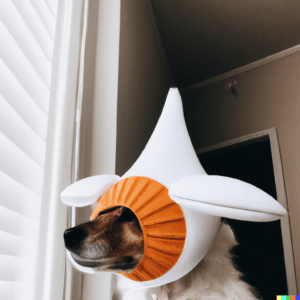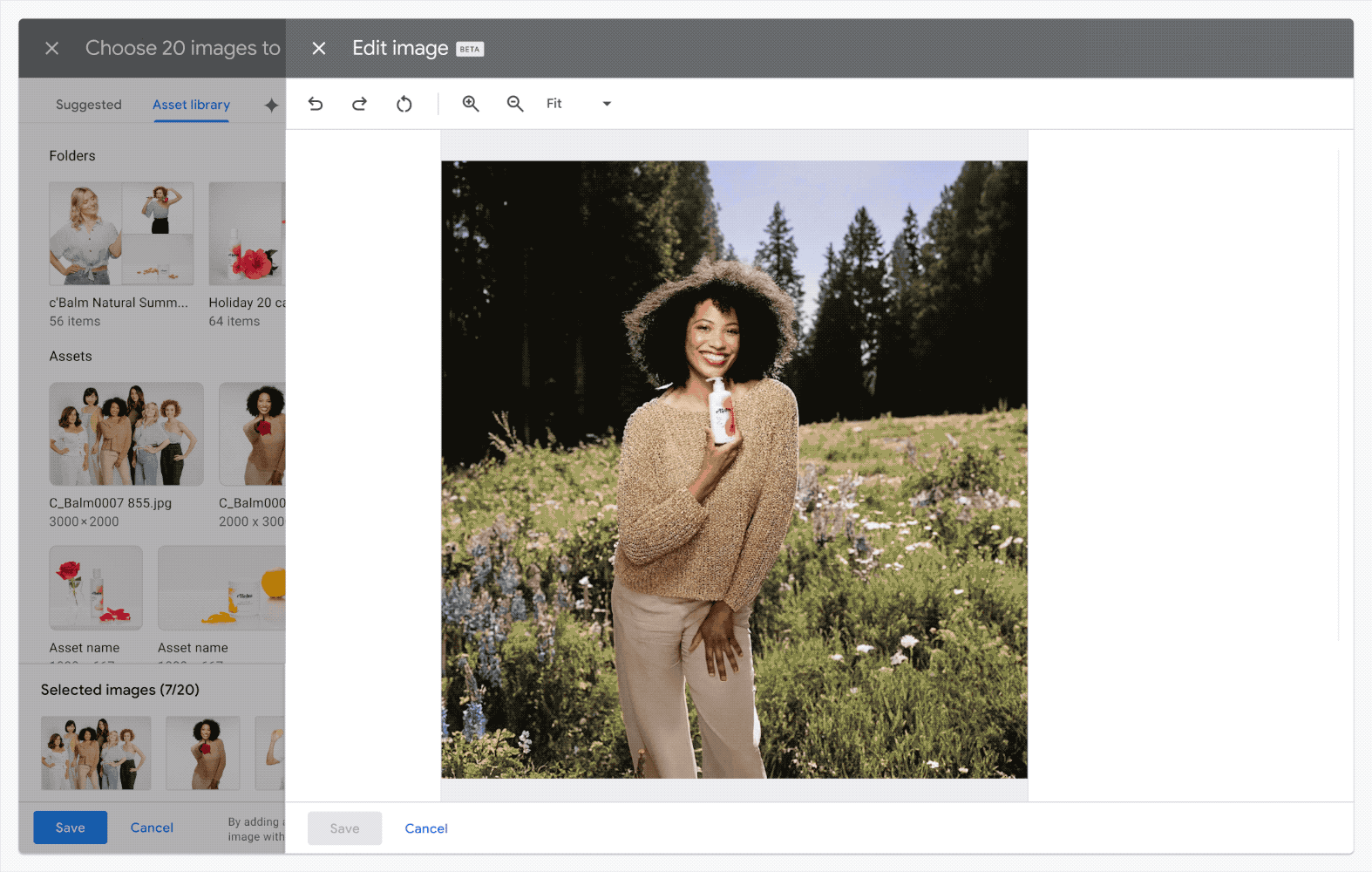Pros and Cons of Generative AI in Google Ads

Of all the buzz words in digital marketing, there are few as controversial as Artificial Intelligence. One type of Artificial Intelligence that shows some of the greatest immediate potential is Generative AI. So, what is it?
Generative AI is a subset of artificial intelligence that takes input or prompts from a user and generates what it thinks the prompt was requesting.
One famous example of Generative AI is the DALL·E project developed by OpenAI – the group behind ChatGPT. When it originally launched in 2021, DALL·E represented the cutting-edge of generative technology that created realistic images from text prompts. This technology brought high-quality and affordable image creation into the hands of non-creatives which laid the groundwork in the public eye for Generative AI image systems. These types of systems are now being used in a variety of ways.
In late 2023, Google announced beta roll out of its own Generative AI tools within Google Ads. These tools are currently limited to Performance Max campaigns, and they offer several capabilities to allow marketers to easily create high-quality image and text assets as well as edit existing assets using guided AI generation.
Why Use Generative AI in Google Ads?
Over the past several years Google has been making a push towards higher quality content on the internet as part of their initiative to make the web experience both more useful and easier for users. The Generative AI tools within Google Ads are intended to assist advertisers in creating high-quality advertising campaigns across Google’s platforms, especially those with limited creative resources.
Google’s primary goal is to help all advertisers drive greater performance by experimenting with new ideas and concepts, both in text assets like headlines and descriptions – and – images. Using Generative AI in content creation removes the hurdles that many marketers face to trying new things because it requires more assets, more images, and more content. These hurdles often cause marketers to leave chances for improvement on the table, especially those that have limited access to creative resources. By adding tools to utilize Generative AI, Google is aiming to help advertisers more easily improve their campaigns by removing the barriers to fresh ideas, in turn driving more engagements (and ad spend) and more conversions.
Google has also been careful to point out that all images created by Google’s AI will be completely unique to the account that creates them, and that the system will never create the same image twice. This is important because it allows marketers to create the images they need for their campaign without worrying about issues such as duplication or image royalties.
What is Generative AI not?

Ok, we’ve covered what Generative AI is, now let’s talk about what it is not. Generative AI is not a replacement for your creative department. While the ability to plug in what you need in a few words and get free, high-quality images and assets sounds enticing, the reality is that this program is still in beta, and not everything it generates will be usable. For instance, the image at the top of this blog is DALL-E 2’s response to creation of an image of a dog wearing a spinny hat.
If you find that there is a need for something very specific to your brand or industry, especially if your industry is very niche, working with creative professionals will yield much better results, likely with less headache. Another thing to consider about generated images from Google Ads is that, while they can be used outside of Performance Max and even outside of Google Ads, other than prompt input there is no control over sizing and layout of the images like you would have when with a creative professional, so they may not work in other advertising mediums.
Asset Generation
One of the most compelling reasons for using Generative AI in a Performance Max campaign is asset generation including image generation. Arguably this is the most interesting aspect of the new Generative AI tools in Google Ads. Similar to other text-to-image generation tools, Google’s AI can take input from an advertiser and create what it thinks the user is looking for. One differentiator, however, is that Google’s AI takes into account context from the rest of your Performance Max campaign in order to create images that fit within the theme and goals of your campaign.

While it’s true that the most ground-breaking assets that Google’s AI can generate are images, it can also provide suggestions for headlines, descriptions, and keywords. Similar to the way other campaign types like Responsive Search Ads can pull information from your landing page and suggest it as headlines or descriptions, the Generative AI engine in Performance Max suggests headlines and descriptions. The difference is that the Generative AI suggestions, like the image generation, use context from the rest of your campaign to generate new content rather than cherry pick from existing content on your landing page.
Image Editing
Another enticing feature of Generative AI in Google Ads is the ability to edit and create variations of existing and new images. This could include edits like removing the background from an image and replacing it with an AI generated one. This feature is directly aimed at advertisers with limited creative resources, but it can also be incredibly useful for advertisers working with less limited resources simply due to the potential for time savings. By not having to ask the creative department for minor changes to an image, it frees up their time for more intensive work while also allowing the advertiser to keep their momentum when making edits in a Google Ads campaign.

Should You Use Generative AI in Your Ad Campaigns?
So, we’ve covered what Generative AI is, what it is not, and what it can do within Google Ads. Now the question is: should you use it? To answer that question, we need to examine how you use Google Ads. As of now, Generative AI tools are only available with Performance Max campaigns – a campaign type built with AI at its core. If you use Performance Max, it seems like a no-brainer to utilize these new tools. But many advertisers want more granular control over how they advertise within Google Ads, Performance Max is not an option. In addition, if you are running or are approved to run political or election-related ads, you can NOT use Performance Max either.
As with any new feature, Generative AI should always be used with caution and careful oversight. Remember – you are in control of what AI generated assets you use. There is no denying the opportunity that this technology represents, and as Google shifts to more and more AI-centric advertising tools we can expect to see more of these types of tools roll out through different campaign types.
Final Thoughts
Artificial Intelligence, and particularly Generative AI have been making improvements at a blistering pace over the past several years. When DALL·E first launched in 2021, many saw it as just a gimmick – fun to play with, but with little actual use. Now, it seems like AI is taking over the world. It’s a hot topic, and its touch is seen in almost every aspect of our increasingly digital-centric lives.
It’s important to note that the overall purpose of AI, like other types of machines, is to make human tasks easier. It is not meant to replace humans, and in fact many feel that AI generated content seems to lack some intangible thing that makes it seem distinctly inhuman. Just as technology is constantly changing, so is digital marketing. As AI becomes more and more an integral part of the digital advertising landscape, advertisers will need to learn to harness the power of AI or risk being left behind. The ideal use for Generative AI within Google Ads is to augment the work of the advertiser. After all, generative AI is only as good as the prompts that it is given.
Back